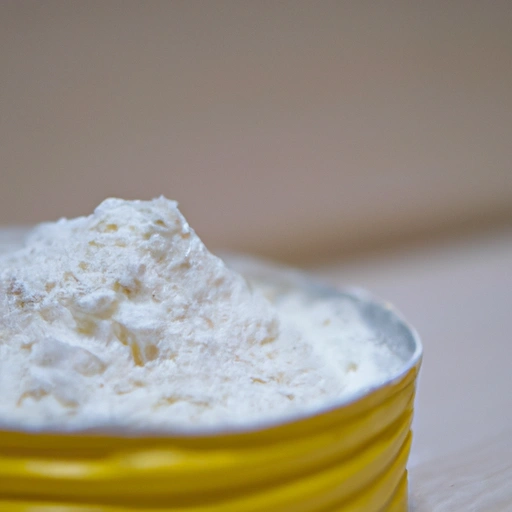Corn Starch
Description

Corn starch, also known as cornflour or maize starch, is a fine, powdery substance derived from the endosperm of the corn kernel. It's a common kitchen staple used worldwide for its thickening properties and is often utilized in both sweet and savory dishes. Recipes may call for corn starch in various units, including teaspoons (tsp), tablespoons (tbsp), ounces (oz), grams (g), and milliliters (ml) when mixed with water to form a slurry.
Common uses
Common uses of corn starch in the kitchen include thickening sauces, gravies, soups, stews, and pie fillings. It serves as a coating for fried foods to achieve a crispy texture and is used in baking to soften the texture of cakes and cookies. Corn starch can also be found in non-food items such as biodegradable plastics, adhesives, and in the manufacturing of paper products.
Nutritional value
Calories
Per 100 grams, corn starch contains approximately 381 calories.
Protein
Corn starch has a low protein content, with roughly 0.26 grams per 100 grams.
Fat
It is virtually fat-free, with only about 0.05 grams per 100 grams.
Carbohydrates
It is high in carbohydrates, with about 91 grams per 100 grams, most of which are starches.
Vitamins
Corn starch contains minimal amounts of vitamins, with traces of B vitamins.
Minerals
The mineral content in corn starch is negligible, with small amounts of potassium and sodium.
Health benefits
While corn starch is not a significant source of nutrients, its low protein and fat content make it suitable for low-fat diets. Being gluten-free, it is also a popular thickening agent for those with gluten sensitivities or celiac disease.
Potential risks
Excessive consumption of corn starch may contribute to weight gain due to its high calorie and carbohydrate content. Its lack of fiber can also lead to digestive issues if consumed in large quantities. Additionally, individuals with corn allergies should avoid corn starch.
Common recipes
Recipes that frequently use corn starch include thickened soups and sauces, custards, fruit pie fillings, and Asian stir-fries. It's also a key ingredient in shortbread cookies and various types of pastries.
Cooking methods
Corn starch is often used by mixing it with a cold liquid to create a slurry before adding it to hot dishes to prevent clumping. It can also be used as a dry coating for meats before frying.
Pairing with other ingredients
It pairs well with dairy to create smooth textures in desserts and can enhance the silkiness of Asian sauces when combined with soy sauce, oyster sauce, and similar ingredients.
Summary
Corn starch is an essential ingredient with a rich history and widespread use in many culinary traditions. It's valued for its thickening abilities and is suitable for a variety of dietary needs. Although not a significant source of nutrients, it's a vital component in many recipes and has a place in every global kitchen.